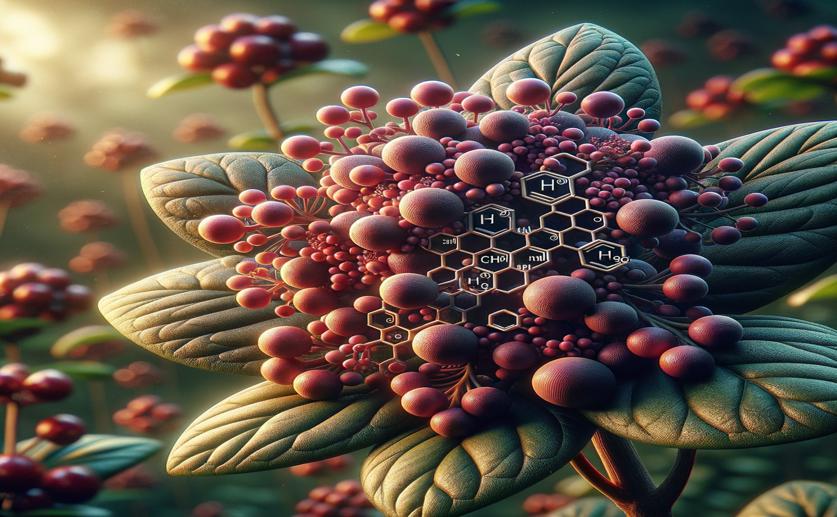
Analyzing Key Compounds in Schisandra with Advanced Technique
Jim Crocker
3rd April, 2024

Image Source: Natural Science News, 2024
Key Findings
- Researchers at Shanxi Medical University improved a method to analyze health-promoting compounds in Schisandra fruit
- The new technique can separate and measure seven beneficial compounds in 20 minutes with high precision
- This advancement aids in quality control of Schisandra products and supports its potential therapeutic uses
References
Main Study
1) Simultaneous separation and determination of seven biphenyl cyclooctene lignans in Schisandra chinensis and its preparations by micellar electrokinetic chromatography with dual organic solvent system.
Published 1st April, 2024
https://doi.org/10.1002/pca.3349
Related Studies
2) Current knowledge of Schisandra chinensis (Turcz.) Baill. (Chinese magnolia vine) as a medicinal plant species: a review on the bioactive components, pharmacological properties, analytical and biotechnological studies.
3) Application of capillary electrochromatography using macroporous polyacrylamide columns for the analysis of lignans from seeds of Schisandra chinensis.
Journal: Journal of chromatography. A, Issue: Vol 916, Issue 1-2, May 2001
4) Gomisin D alleviates liver fibrosis through targeting PDGFRβ in hepatic stellate cells.
5) Comparative study of the photo‑protective and anti‑melanogenic properties of gomisin D, J and O.



 6th March, 2024 | Greg Howard
6th March, 2024 | Greg Howard